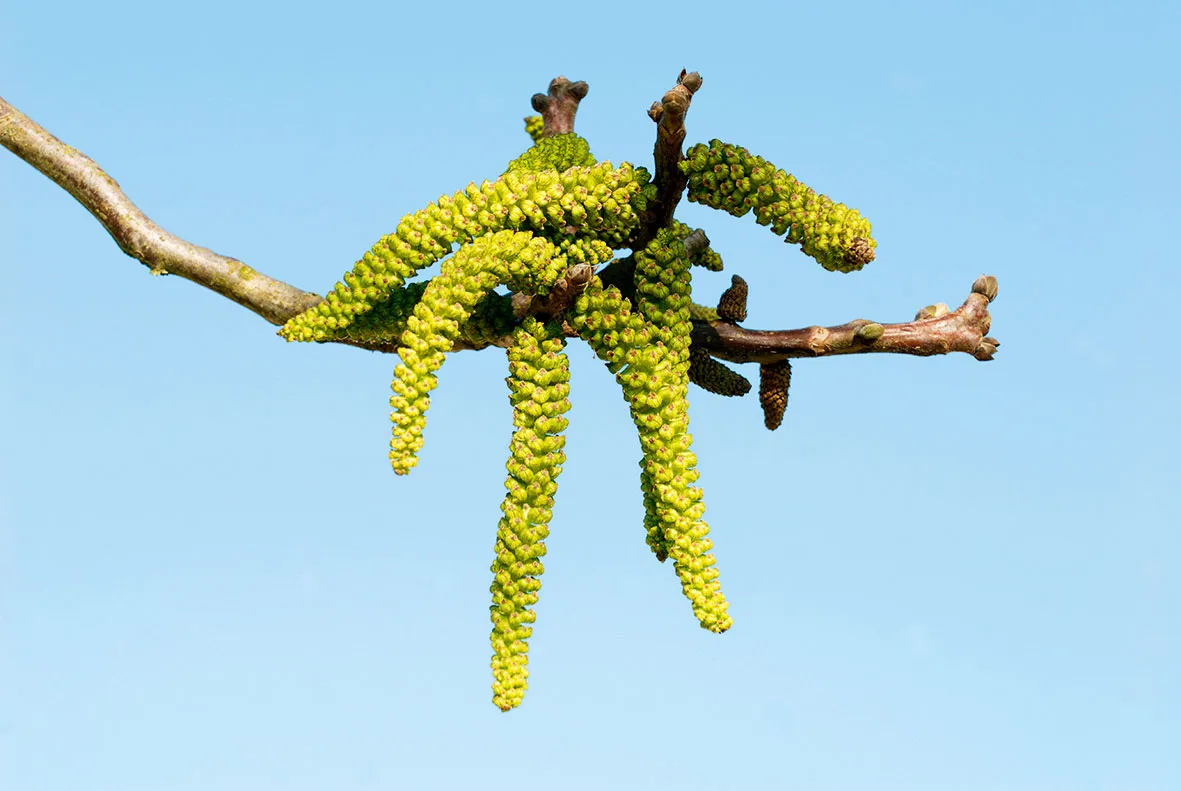Catkins start to appear on trees in the late winter months and provide a cheering sign that spring is on the way. Catkins are easily identified by its long, slim shape and spiky texture. Catkins play an essential role in tree reproduction and can be found on hazel, silver birch and white willow trees among other species.
For a few weeks each year, catkins release pollen into blustery March breezes, then fall the leaf canopy unfolds. As they are blown in the breeze, the female flowers are pollinated by the pollen from the male flowers.
Enjoy them while you can with our catkin guide which explains which trees have catkins and how to identify.
What are catkins – and what do they do?
A catkin is a long slim flower which often has no petals. Catkins allow a tree to reproduce as the female flowers are pollinated by male flowers. This happens when the seed is dispersed by the wind or by insects which play an important role in helping pollination happen.
Which trees have catkins?
Hazel - Corylus avellana
Golden catkins can be found on the bare twigs of hazel trees. The catkin releases clouds of yellow pollen that seem to dissolve in the air, destined for tiny female flowers that are just clusters of carmine stigmas protruding from a bud.
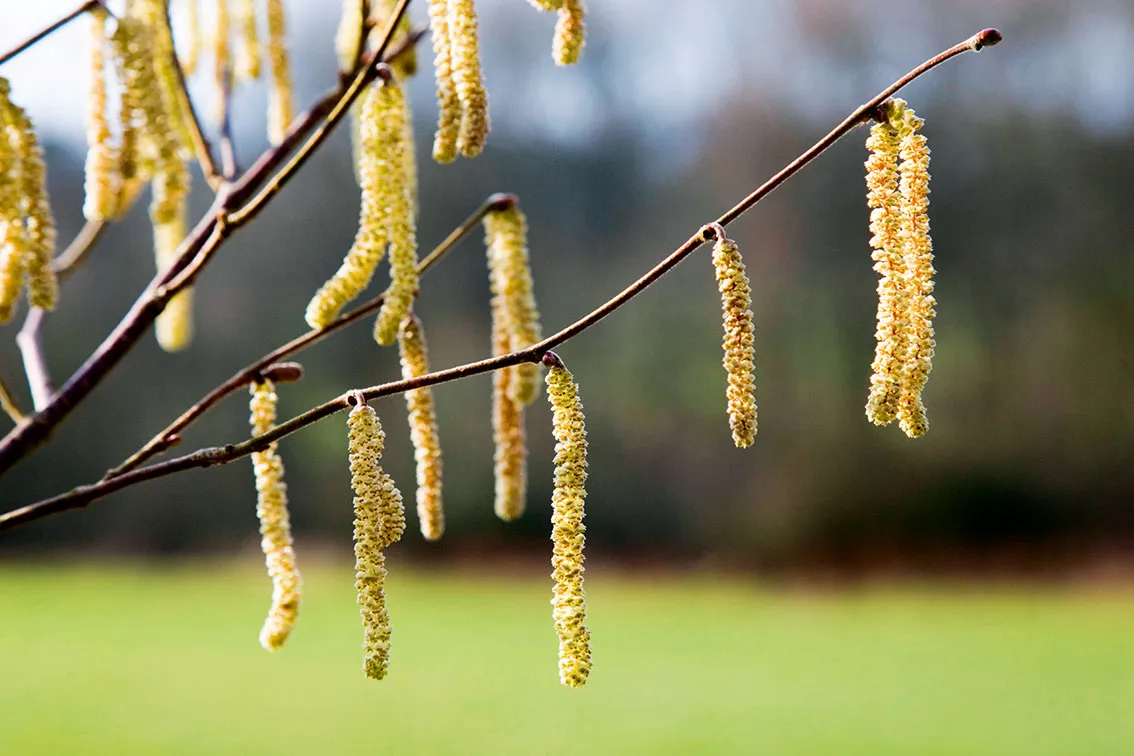
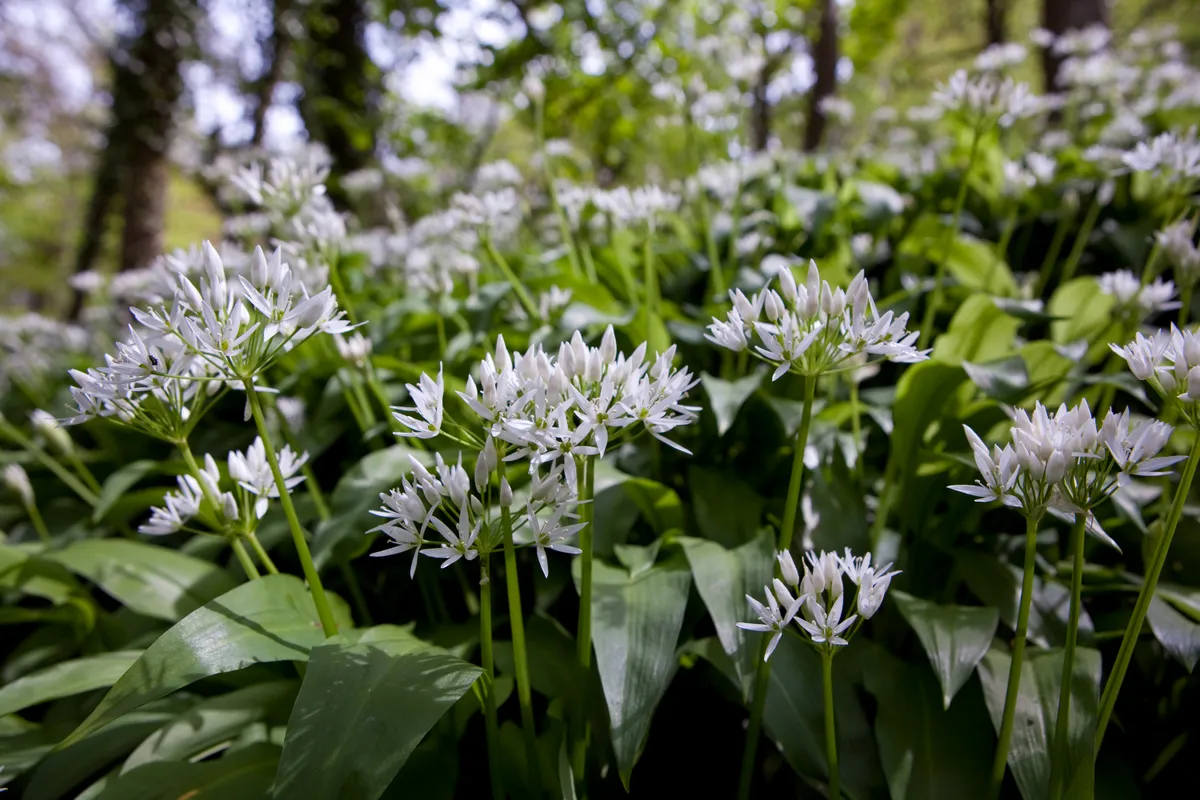
Alder - Alnus glutinosa
Longer, more knobbly and darker than hazel, these are the first catkins to shed pollen in spring. They’re carried on the tips of twigs, often alongside clusters of tiny red-tipped female flowers.
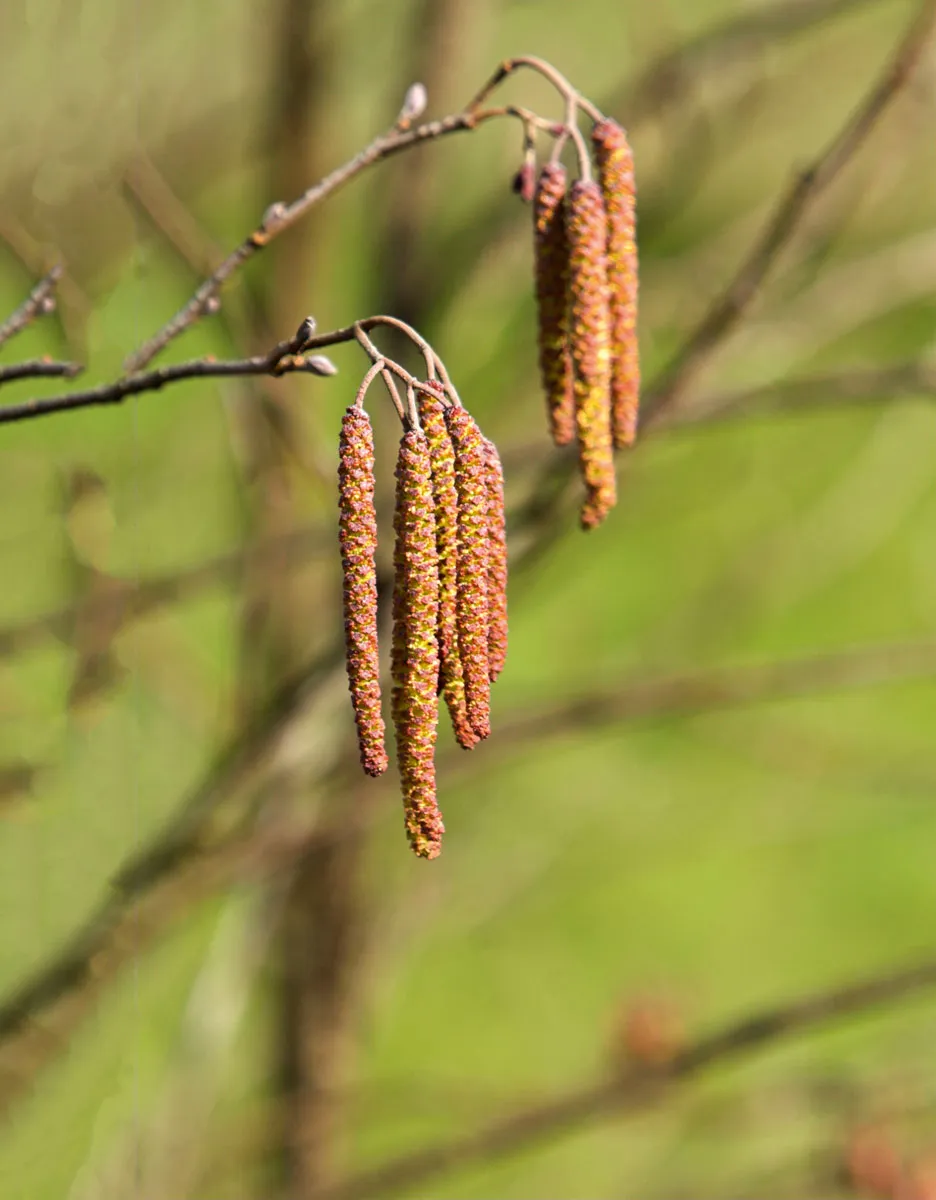
How to identify nuts and seeds from British trees
Can you spot the difference between a sweet chestnut and a horse chestnut? Or a sycamore seed and a field maple? Here is our expert guide on how to identify nuts and seeds from common British tree species.
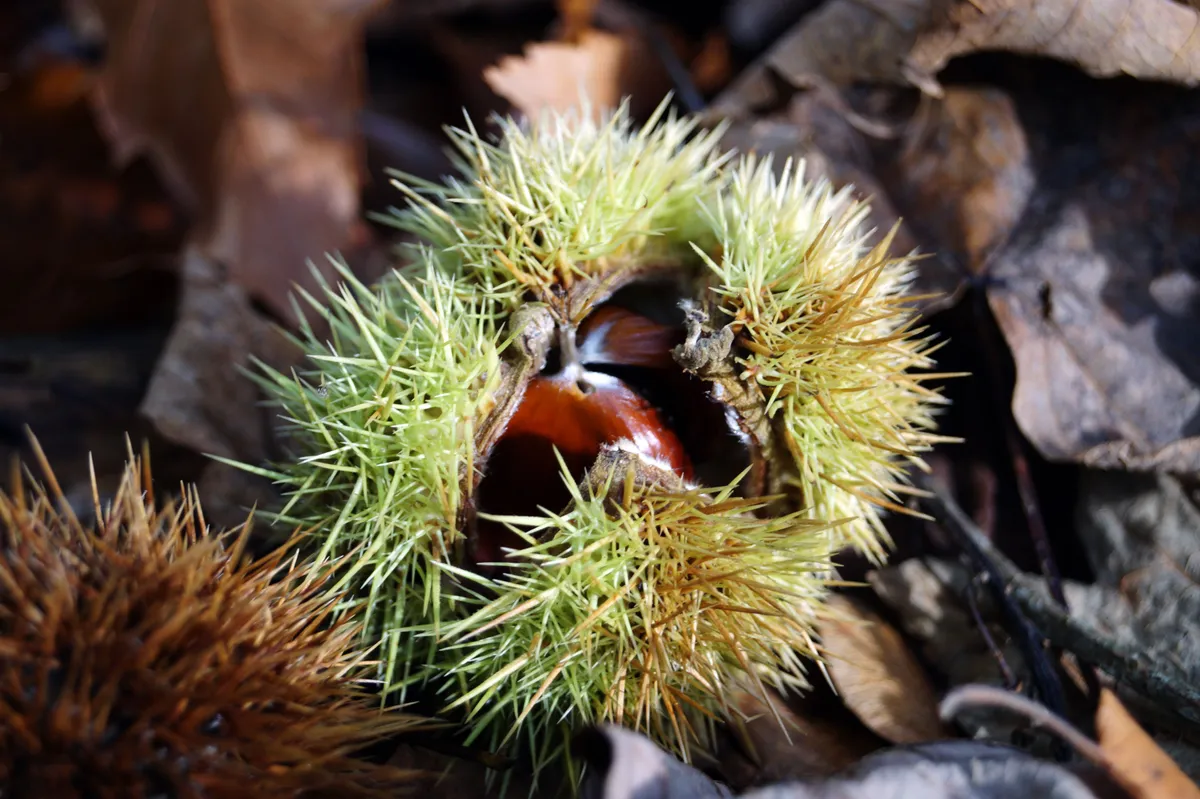
Goat willow - Salix caprea
This has separate male and female trees. Male catkins are clad in golden stamens; female catkins are spiky and green. Both secrete nectar – key energy for bees and butterflies in early spring.
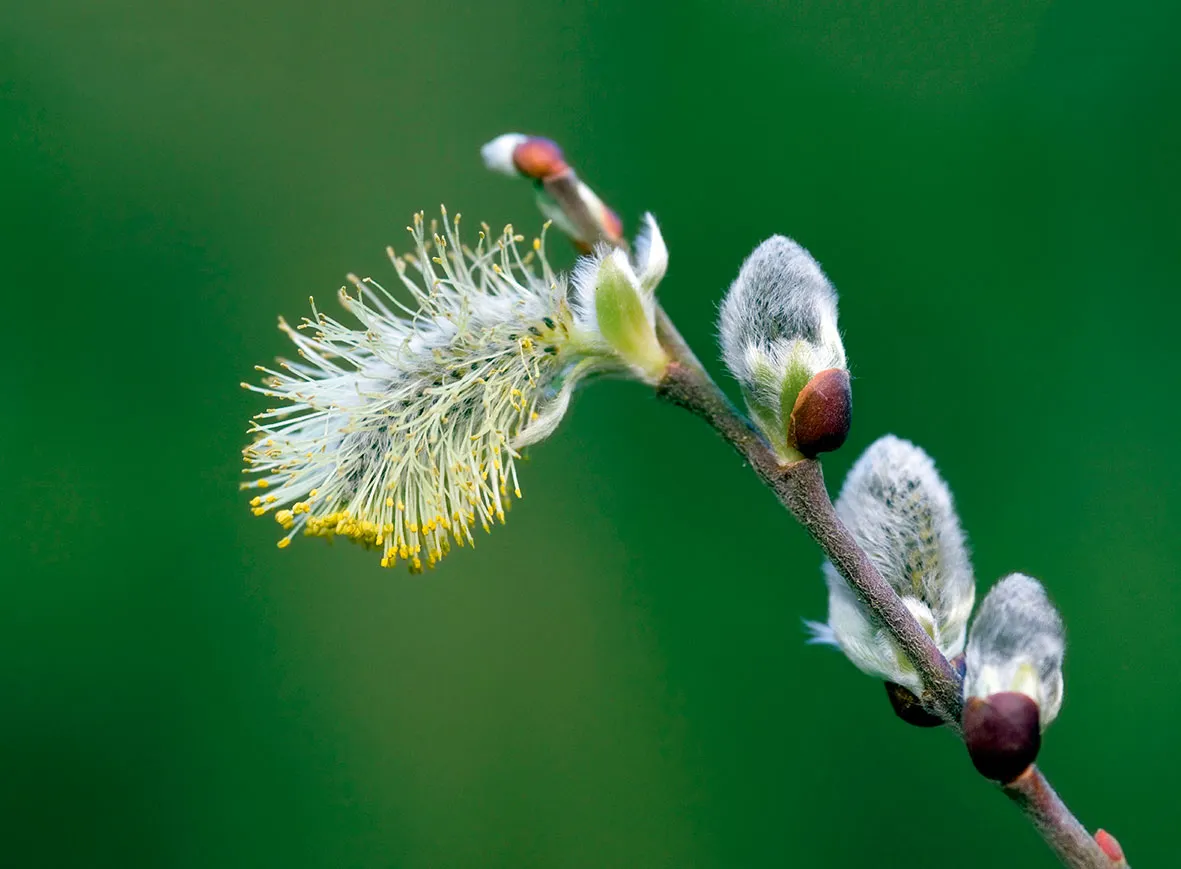
Silver birch - Betula pendula
Male catkins elongate and shed pollen at the same time as leaf buds open. Female catkins are short and point upwards, hanging downwards after pollination, when the seeds develop.
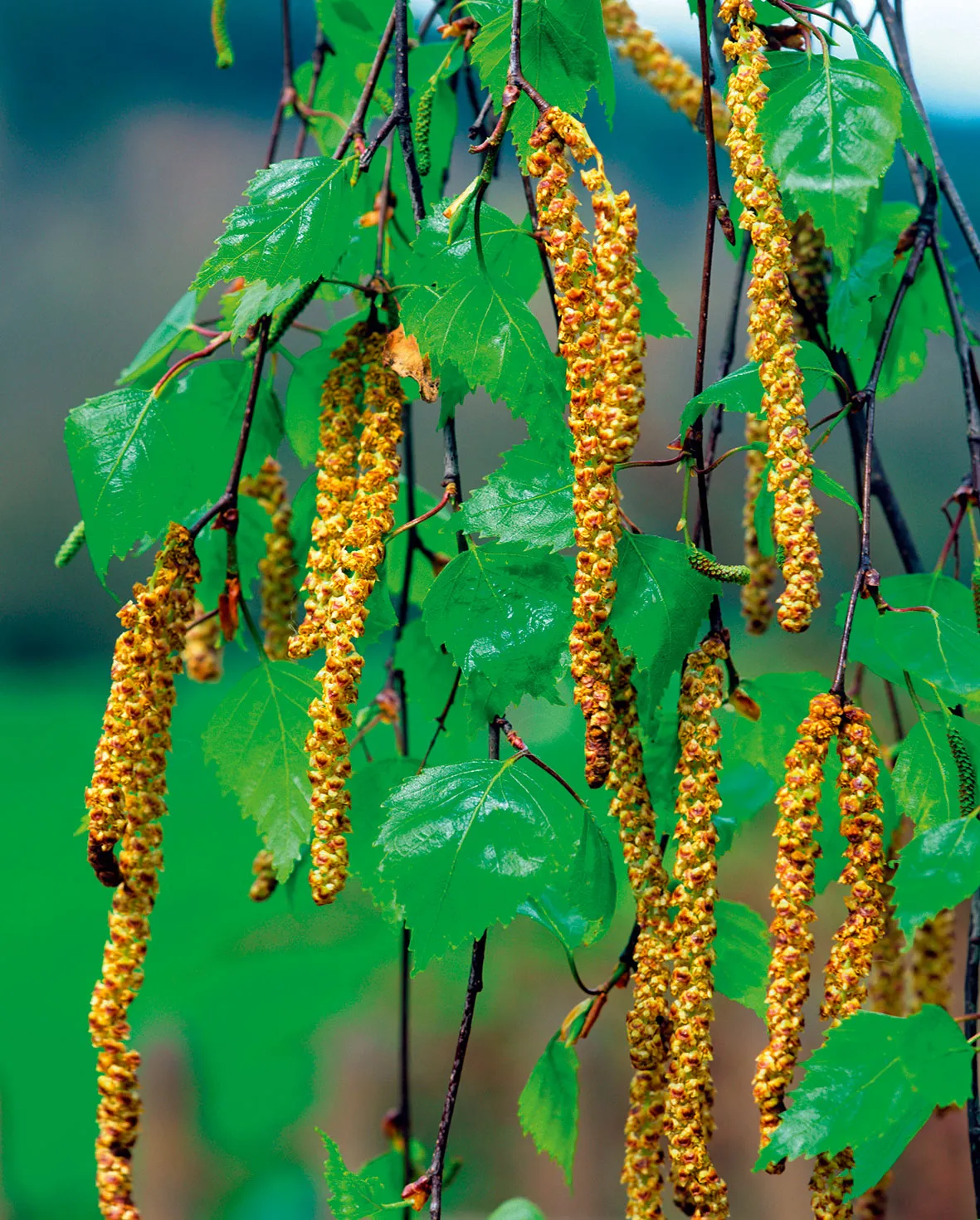
British tree guide: how to identify and where to find
Trees come in many different varieties, shapes and sizes, and many of Britain’s common tree species will be easily recognisable. Purifying our air by absorbing carbon dioxide and other harmful gases, trees are vital for the health of the planet.
Trees also provide a habitat and food for wildlife, creating an ecosystem where birds, insects and other creatures can live.
Can you spot an oak from a horse chestnut tree? Learn how to identify common tree species and the best places to see with our expert guide on British trees.
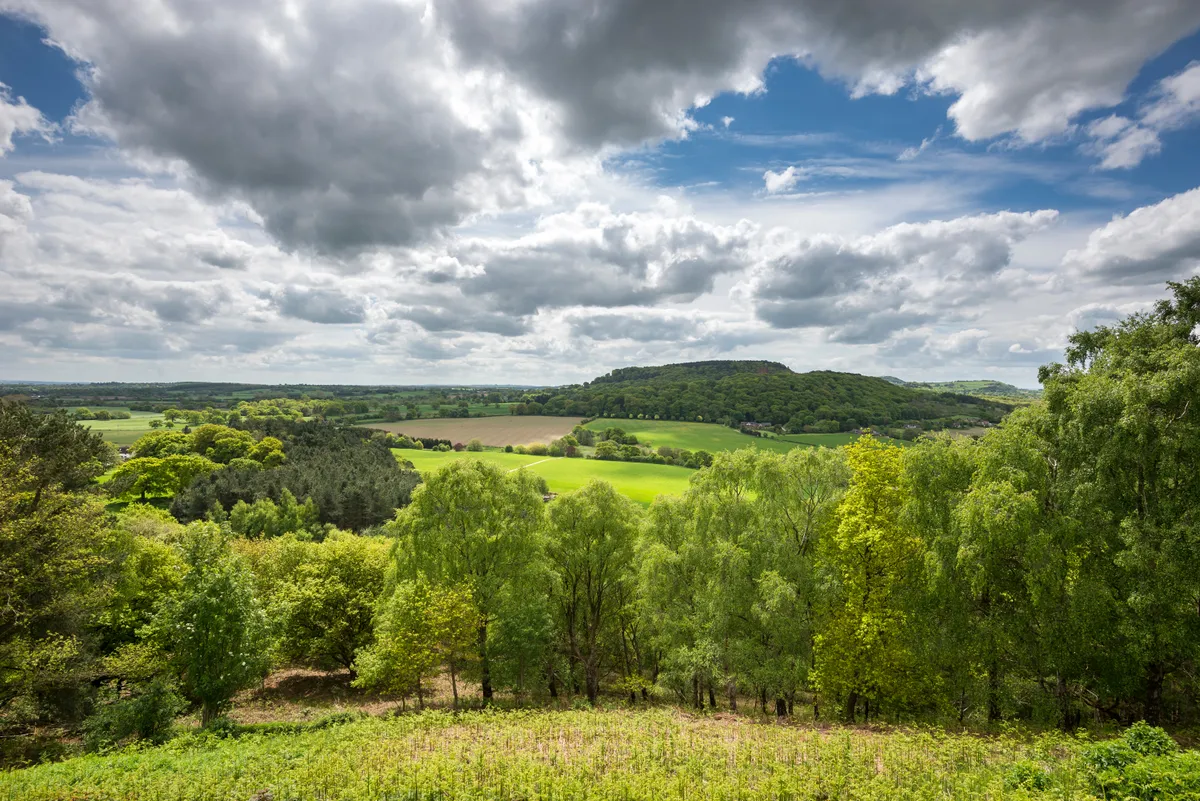
White poplar - Populus alba
These long, fat, red-tinged catkins are often carried at the top of the tree, so you may need binoculars to appreciate them. Easily dislodged by wind, they litter the ground after a gale.

Walnut - Juglans regia
The short, fat, green catkins shed pollen at the same time as the leaf buds release their grip on the purple-hued foliage. Female flowers are shaped like little pots, tipped with a pair of curved stigmas.
